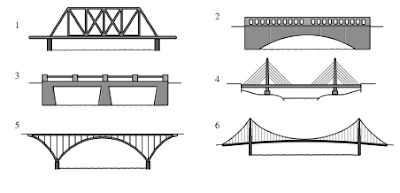Today there are over a million of articles used for different purposes of life. There are a numerous man-made objects but the number of naturally occurring stable elements on the earth is 92 only. Although scientists have discovered 118 elements in all up to February 2007, only 26 of these have been artificially made in the laboratories. These artificial elements are unstable in nature. The atoms of the other 92 elements are stable. Then how are millions of substances are made form these elements?


All substances available in the universe are made by the combination of atoms of these 92 elements. The atoms of different elements combine with one another in various proportions and keep on forming countless substances. Some of the important elements are – iron, gold, silver, copper, aluminum, sodium, potassium metallic elements, oxygen, nitrogen, chlorine, carbon and sulphur non-metallic elements. All the elements of atoms and the atoms of the same elements are alike. Two or more atoms combine with each other to make molecules. For example, two atoms of hydrogen one molecule of water. Even a very small quantity of water consists of innumerable molecules. Similarly, one atoms of sodium combines with one atoms of chlorine to make one molecule of the common salt or sodium chloride.
Now the question arises- how is it possible for the atoms combine with one another to form compounds? They mainly combine in two different ways. To understand the processes of combination, we have to know the structure of an atom.
The central portion of every atom is positively charged and is called the nucleus. The electrons of the atom revolve round the nucleus in different orbits. Electrons are negatively charge particles. In the first kind of combination, one atom donates some of its electrons to the other making a bond between then and these results in the formation of a new material. In the second type of combination, one atom makes a bond with another atom by mutual sharing of electrons. In both these combinations only the electrons of the outermost orbits participate. Do you know how does the exchange or sharing of electrons create new materials?
In the formation of common salt, one electron of the sodium atoms is donated to one atom of chlorine. This transfer of electron makes sodium atoms a positive ion and chlorine atom a negative ion. There exists an electrostatic force of attraction between these ions. This force of attraction binds the two atoms together and thus a molecule of common salt is formed. Similarly in the formation of water, oxygen and hydrogen, atoms have a mutual sharing of electrons by which a force of attraction exists between them, which binds the atoms together. As a result, water is formed.
In another example of chemical bonding, one carbon atom combines with two oxygen atoms to make one molecule of carbon dioxide. Similarly one atom of nitrogen combines with three atoms of hydrogen to make one large molecule of ammonia gas. Carbon is one such element, which combine with large number of elements and forms the maximum number of compound called organic materials. Those compounds which do not contain carbon are called inorganic.
The Russian scientist, Dmitri Mendeleev, classified all elements into several groups in 1895 he published the periodic table showing all the elements in their respective groups.






































